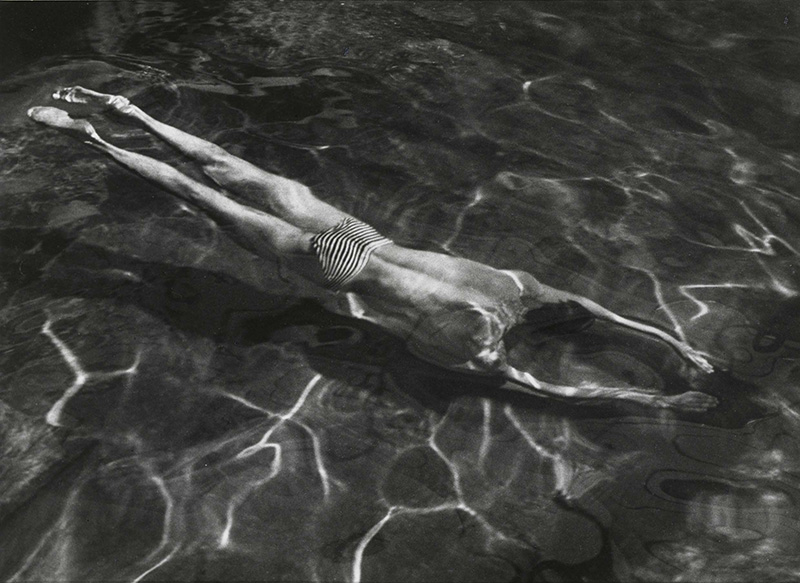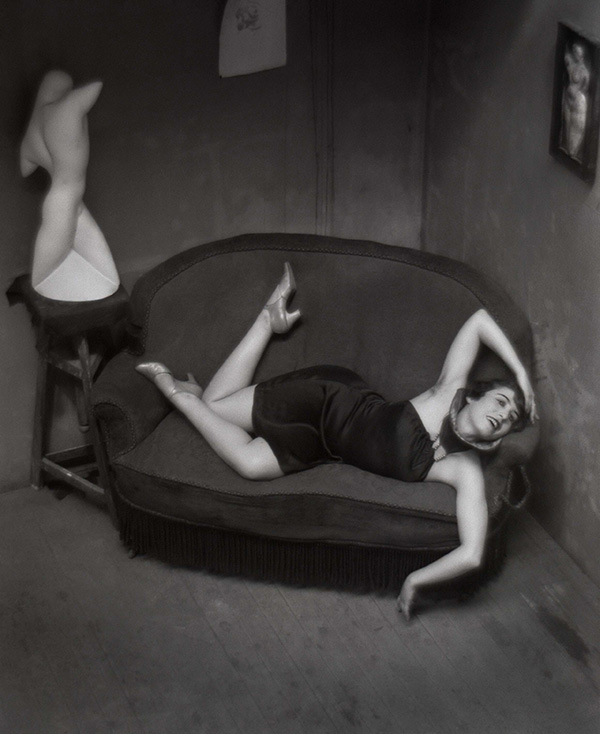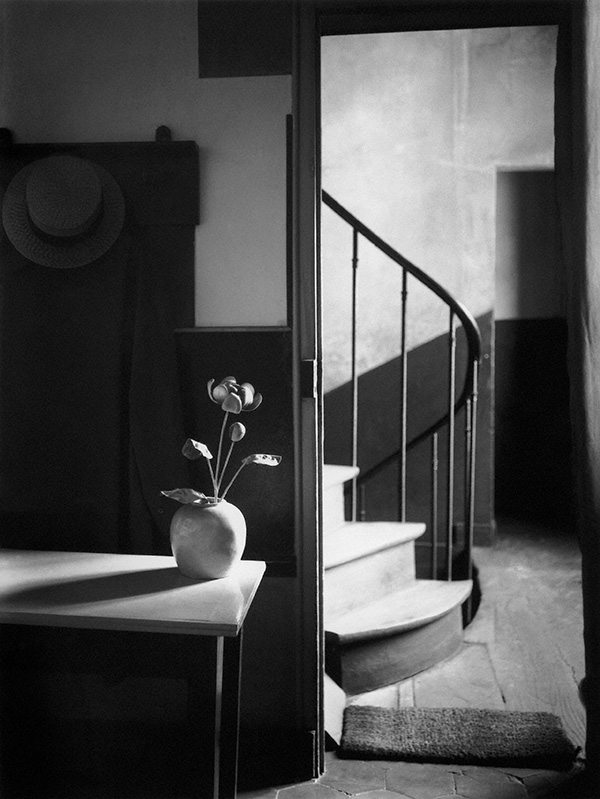PHOTO:André Kertész-Mirroring Life
 Perhaps more than any other photographer, Andre Kertesz discovered and demonstrated the special aesthetic of the 35mm camera. These beautiful little machines seemed at first hardly serious enough for the typical professional, with his straightforward and factual approach to the subject. Most of those who did use small cameras tried to make them do what the big camera did better; deliberate, analytical description.
Perhaps more than any other photographer, Andre Kertesz discovered and demonstrated the special aesthetic of the 35mm camera. These beautiful little machines seemed at first hardly serious enough for the typical professional, with his straightforward and factual approach to the subject. Most of those who did use small cameras tried to make them do what the big camera did better; deliberate, analytical description.
By Dimitris Lempesis
Photo: Foam Archive
The retrospective “André Kertész. Mirroring Life” at Foam in Amsterdam, examines his entire oeuvre, from his early works in his homeland Hungary, his time in Paris, where the period 1925-36, he was a leading figure in avant-garde photography, through to New York, where he lived for nearly 50 years. In 1984, a year before his death, Kertész donated 100,000 negatives and 15,000 colour slides to the French Ministry of Culture. The prints featured in the exhibition originate from this collection. The exhibition features more than 200 photographs, offering a chronological overview of Kertész’ 70-year artistic oeuvre: The Hungarian period (1912-1925), his time in Paris (1925-1936), the American period in New York (1936-1985) and the international period that followed the reassessment of his work. Born in Budapest, the son of a bookseller, Kertész taught himself how to use a camera and had his first photos published while a member of the Austro-Hungarian army during World War I. Even as early as 1914, his distinctive and mature style was already evident. Kertész emigrated to Paris in 1925, changed his first name from Andor, and became acquainted with members of the Dada movement. One of them dubbed him “Brother Seeing Eye”, an allusion to a medieval monastery where all the monks were blind except one. His greatest journalistic collaboration was with the French editor and publisher Lucien Vogel, who ran his photographs without explanatory prose. He created portraits of (among others) the painters Mondrian and Marc Chagall, the writer Colette, and film-maker Sergei Eisenstein. In Paris he found critical and commercial success, and he was the first photographer in the world ever to have a one-man exhibition in 1927. He was a mentor to many famous names in photography, Henri Cartier-Bresson said, “We all owe something to Kertész”. In 1936 Kertész and his wife went to the United States to escape the increasing tension in Europe that was leading to WW II. The Condé Nast Publishing empire had signed Kertész to a long-term contract, which meant he spent most of his time photographing famous homes for House & Garden magazine. However, his personal photographic style did not mesh well with the straightforward fashion photography the American public (and magazines) expected. He continued to exhibit his individual work as best he could but his reputation slowly faded, and he became disillusioned. His work did not appear in Steichen’s famous “The Family of Man” exhibition at the Museum of Modern Art, but in 1964, soon after John Szarkowski became the photography director at the museum, Kertész had a solo show which re-launched his career and reputation. He caught the mood of the times and became something of an elder statesman to the photographers of the late ‘60s and early ‘70s. They had been seeking to validate a tradition of documentary/art photography through linking it back to the Paris photographers of the ‘20s and ‘30s. By the mid-1970s he was showing his work in galleries all over the world. . In 1979, the Polaroid Corporation gave him one of their new SX-70 cameras, which he experimented with into the ‘80s, he started mainly photographing inside his apartment or focusing outside his window. This of course in no way prevented him to create a series of shapes full of motion and emotion.
Info: Foam, Keizersgracht 609, Amsterdam, Duration: 15/9/17-10/1/18, Days & Hours: Mon-Wed & Sat-Sun 10:00-18:00, Thu-Fri 10:00-21:00, www.foam.org


